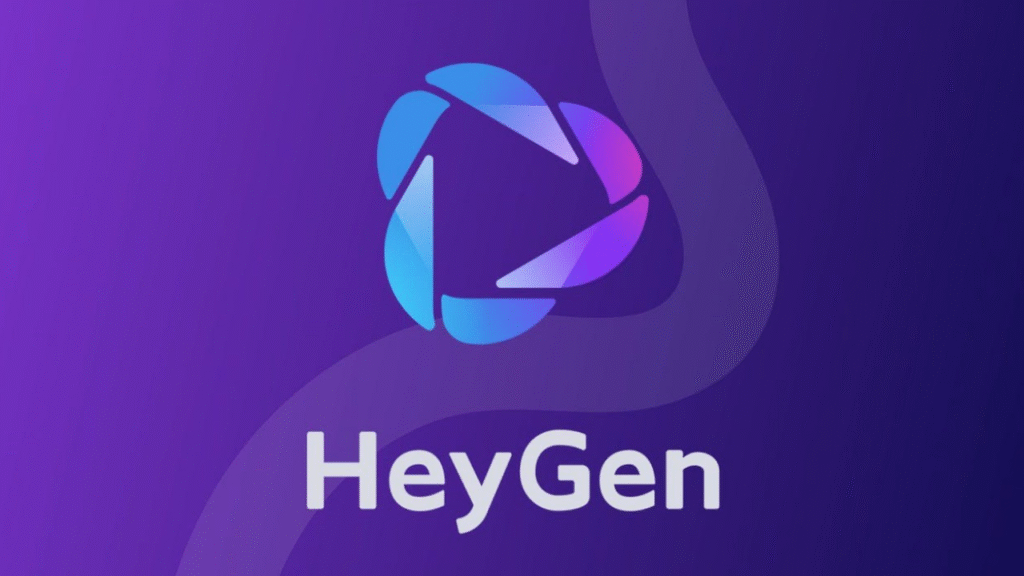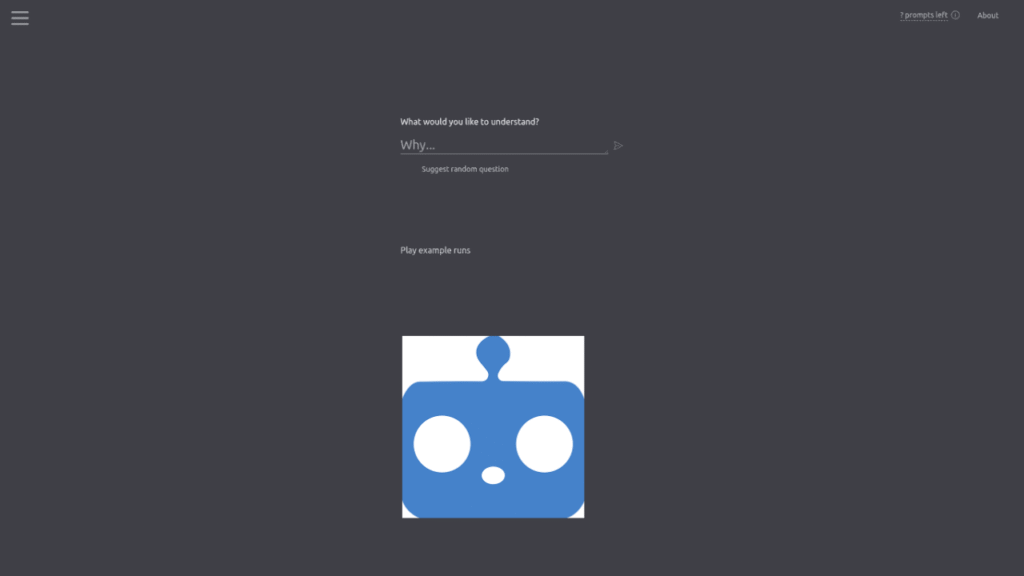Introduction: The Search Revolution Is Here
Remember the last time you Googled something simple, like “best time to visit Japan” or “how to grow tomatoes indoors”? Chances are, you clicked on a few links, skimmed paragraphs of fluff, scrolled past ads, and finally found your answer buried three pages deep. Frustrating, right?
Now imagine asking the same question—and getting a clear, concise, research-backed answer in seconds. No noise, no fluff, just answers. That’s Perplexity AI in action.

In this article, we’ll explore how Perplexity AI is transforming the way we search for and interact with information online. Whether you’re a student, content creator, tech enthusiast, or digital marketer, understanding how Perplexity works could change the way you think about search forever.
What is Perplexity AI?
Perplexity AI is a cutting-edge AI-powered conversational search engine. Think of it as the lovechild of ChatGPT and Google Search, designed to give you answers that are not only accurate and fast but also sourced and contextualized.
Launched in 2022, Perplexity quickly gained traction thanks to its simple interface, natural-language responses, and built-in citation system that links back to reputable sources. It’s like having an intelligent research assistant in your pocket—one that never sleeps.
Key Features at a Glance
- Conversational Q&A interface
- Cited answers with real-time sources
- Factual consistency via web scraping
- No ads or SEO-cluttered pages
- Supports follow-up questions for deeper exploration
How Does Perplexity AI Work?
At its core, Perplexity is powered by large language models like OpenAI’s GPT-4, Mistral, and others. When a user types a query, the AI:
- Understands the context and intent
- Searches the web in real-time
- Gathers data from trusted sources
- Summarizes the findings into a concise, readable answer
- Adds citations so users can verify the information
Unlike Google, which returns a list of links, Perplexity synthesizes an actual answer.
Why Perplexity AI Feels Different (And Better)
1. Real-Time Sourcing and Citations
One of the biggest criticisms of AI chatbots like ChatGPT is that they sometimes “hallucinate” or make up information. Perplexity tackles this head-on by citing real-time data from reputable websites like Wikipedia, BBC, Forbes, and academic journals.
This makes it an excellent tool for:
- Students doing academic research
- Journalists validating facts
- Marketers researching trends
- Anyone who values credibility
2. Natural Language Understanding
Have you ever typed something into Google, only to realize you needed to phrase it like a robot to get the right results?
With Perplexity, you can ask questions the way you talk:
“What’s the difference between ADHD and ADD?”
“Can I use baking soda instead of baking powder in cookies?”
The AI understands, processes, and delivers context-rich answers in plain English.
3. No Ads, No SEO Spam
Let’s face it: modern search engines are clogged with content written more for algorithms than humans. Perplexity skips the clickbait and gives you information—not ads, popups, or affiliate links.
As Kevin Indig, a well-known SEO strategist, puts it:
“Perplexity is setting a new standard. It shows what search should look like when you prioritize user experience over monetization.”
Real-Life Use Cases: How People Use Perplexity Daily
1. Students & Researchers
Imagine writing a research paper on climate change. You ask Perplexity:
“What are the major causes of Arctic ice melting?”
You receive a summary citing sources like NASA, National Geographic, and Nature—all within seconds. Follow-up questions refine your understanding without hours of manual browsing.
2. Content Creators
Bloggers, YouTubers, and digital marketers love Perplexity for quick research. Ask:
“Trending SEO tools in 2025”
You get summarized lists with links to Semrush, Ahrefs, Surfer SEO, and recent blog posts from top marketers.
3. Everyday Life
Need to fix a leaking tap? Curious about travel vaccines for Thailand? Wondering how to file taxes as a freelancer?
Perplexity provides digestible, step-by-step guidance with sources to back it up.
How Does Perplexity Compare with Google, Bing, and ChatGPT?
| Feature | Perplexity AI | Google Search | ChatGPT |
|---|---|---|---|
| Real-time search | ✅ Yes | ✅ Yes | ❌ (unless browsing enabled) |
| Citations | ✅ Always | ❌ Optional | ✅/❌ (depends on plugin) |
| Conversational UX | ✅ Fluid | ❌ Traditional | ✅ Strong |
| Ads | ❌ None | ✅ Yes | ❌ None |
| Accuracy | ✅ High with sourcing | ✅ Varies | ❌ Can hallucinate |
| Follow-up questions | ✅ Yes | ❌ No | ✅ Yes |
Perplexity Pro: Advanced Features for Power Users
In 2024, Perplexity launched a Pro version with access to:
- GPT-4, Claude 3, Mistral, Meta’s Llama 3, and other top-tier models
- File uploads for document analysis
- Image understanding
- Custom knowledge assistants
- Unlimited queries
It costs $20/month, similar to ChatGPT Plus, but with a stronger research focus.
Who’s Behind Perplexity?
Perplexity AI was co-founded by Aravind Srinivas, an ex-OpenAI researcher. The team includes experts from Google AI, Meta, OpenAI, and Stanford.
Investors include:
- Jeff Bezos
- Nvidia
- Elad Gil
- NEA
- IVP
Their mission is simple:
“Democratize access to knowledge by building the world’s most trusted answer engine.”
Expert Opinions: What the Industry Thinks
Ben Parr, author of Captivology, says:
“Perplexity might be the biggest threat to Google since the invention of Bing—and it’s not even trying to be a search engine. It’s an answer engine.”
SEO expert Aleyda Solis adds:
“As Perplexity grows, content strategies will shift toward value-driven, source-cited content. It’s a wake-up call for traditional SEO.”
Limitations to Be Aware Of
While Perplexity is powerful, it’s not without flaws:
- Sometimes too concise for complex topics
- Dependent on public internet sources
- No visual-rich results like Google (yet)
- Still evolving in multilingual support
Is Perplexity the Google Killer?
Not quite—at least not yet.
Google’s ecosystem is massive: Gmail, YouTube, Maps, Ads. But Perplexity is carving out a niche by delivering clarity, credibility, and context in a way Google can’t (or won’t).
Over time, more users are turning to Perplexity as a first-stop for answers, especially on desktop and mobile via its clean UI and iOS/Android apps.
How to Get Started with Perplexity AI
No signup required. Just visit www.perplexity.ai, type your question, and watch the magic happen.
Want to try Perplexity Pro? You can create a free account and test-drive the premium tools before subscribing.
Final Thoughts: Why Perplexity Matters
We’re living in the golden age of information—but also the age of overload. Search engines like Google are built around showing you more; Perplexity is built to show you less—but better.
Whether you’re a college student, a startup founder, or just someone who values their time, Perplexity AI offers a better way to search, learn, and grow.
In a world full of noise, Perplexity is the signal.
FAQs About Perplexity AI
1. Is Perplexity AI free to use?
Yes! The core search experience is free and requires no account. The Pro plan offers advanced features for $20/month.
2. Can Perplexity replace Google?
For direct answers and research tasks, yes. For shopping, navigation, and YouTube—Google still reigns.
3. How does it compare with ChatGPT?
Perplexity provides real-time answers with citations. ChatGPT (without browsing) relies on past training data.
4. Is my data private on Perplexity?
Perplexity uses queries to improve its models but anonymizes data. For sensitive research, avoid submitting personal info.


